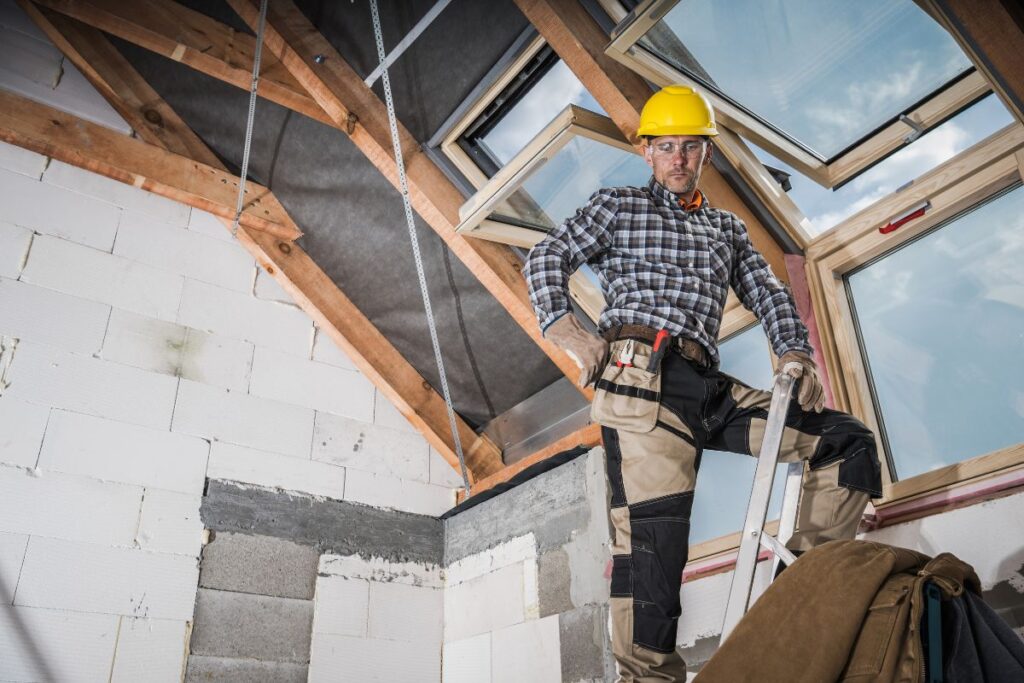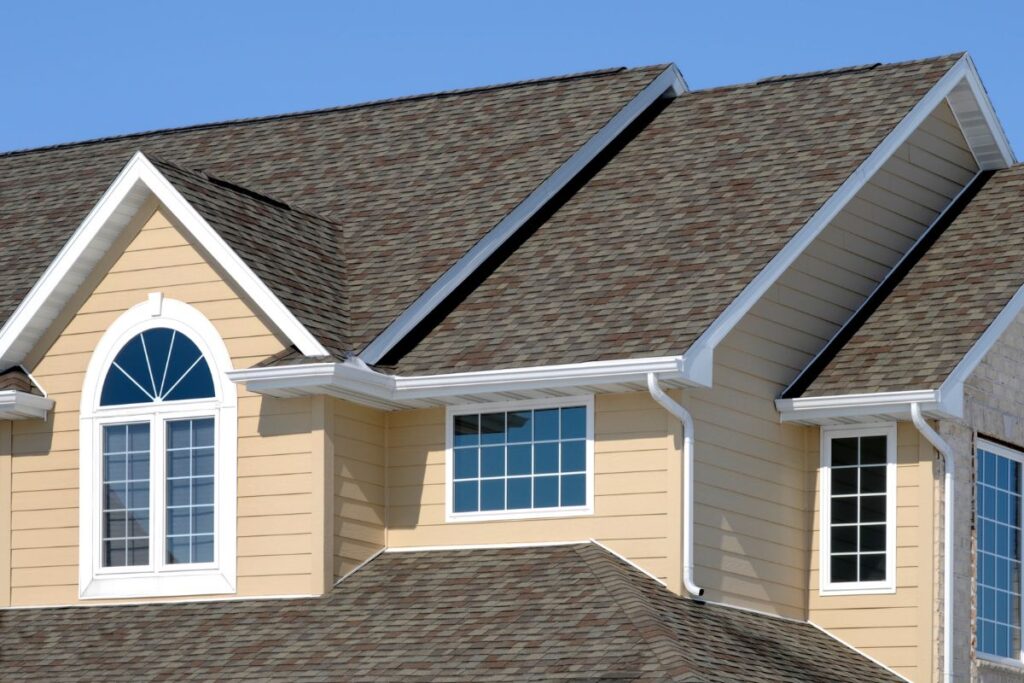Homeowners are becoming increasingly aware of the need to improve their homes’ energy efficiency. One of the most significant, but often overlooked, factors influencing a home’s energy efficiency is the roofing material. Here, we’ll compare different residential roofing options and their impact on energy efficiency.
- Asphalt Shingles
Asphalt shingles are the most common roofing material due to their affordability and ease of installation. However, standard asphalt shingles are not highly energy efficient. They tend to absorb a lot of heat, which can increase your home’s cooling costs in the summer. That said, cool-roof asphalt shingles are available. These are designed to reflect more sunlight and therefore absorb less heat than traditional shingles.
- Metal Roofs
Metal roofs are extremely durable and have high reflective properties, making them a very energy-efficient option. They can reflect sunlight and re-emit absorbed heat, keeping your home cooler in summer. Additionally, with adequate insulation, metal roofs can also help maintain warmth inside your home during winter.
- Tile Roofs
Tile roofs, commonly made of clay or concrete, are known for their impressive thermal properties. They have a high thermal mass, which helps regulate indoor temperatures, reducing the need for artificial heating or cooling. In hot climates, tile roofs can be particularly energy efficient.
- Slate Roofs
Slate roofs offer excellent durability and longevity. Like tile roofs, slate has a high thermal mass, making it an energy-efficient choice, particularly in areas with extreme temperature fluctuations.
- Green Roofs
Green roofs, or living roofs, are covered with vegetation and a growing medium. They provide excellent insulation, reducing the amount of heat that enters your home in the summer and escapes in the winter. They’re not suitable for all buildings but, where applicable, they can significantly enhance energy efficiency.
- Solar Tiles
Solar tiles are a recent innovation that integrates solar technology into the roofing material. While they can be more expensive initially, they generate electricity that can offset energy costs over time, making them an energy-efficient and eco-friendly choice.
When selecting a roofing material, it’s important to consider both the climate in your area and the orientation of your roof. A roofing material that is energy efficient in a hot, sunny climate may not be the best choice in a colder, cloudier area. Consult with a residential roofing professional to understand the most energy-efficient options for your specific situation.


